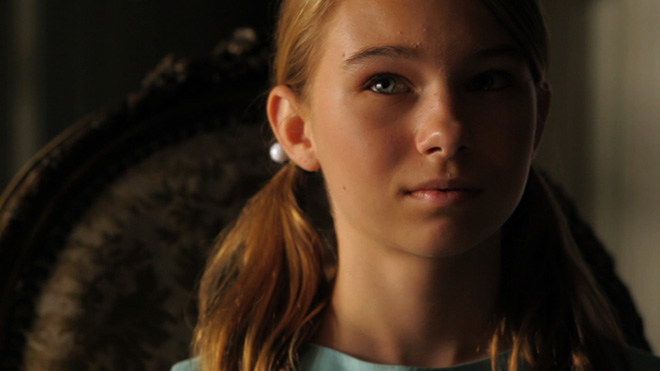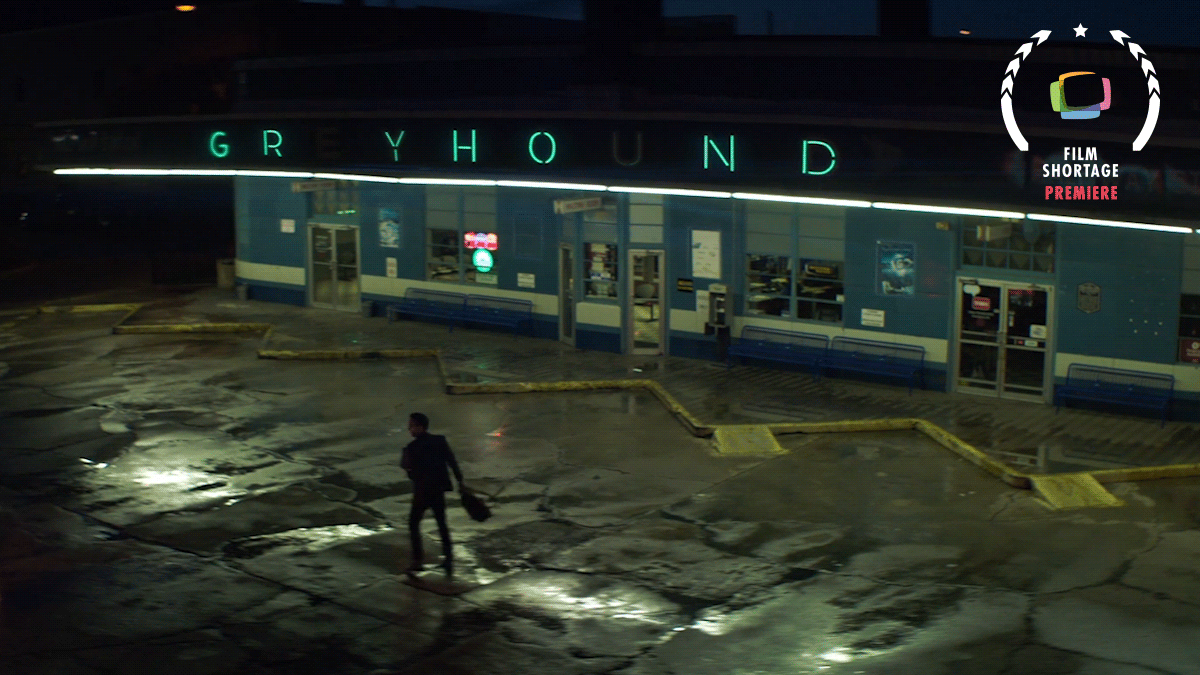While surprising his fiancé with a newly inherited property, a man is forced by a mysterious woman to confront his past behavior.
Damage Control is a seldomly paced film with some wonderful little developments, in a contained, yet contingent situation. As we are lured in by the subtle tone, and perhaps distracted by the disharmony and opposing reactions from the couple, the story turns in an unexpected and mysteriously dark direction. Brainchild of director Ryan Oksenberg, Damage Control came about pretty organically. Like many independent films, Ryan started by asking himself what resources could he can pull together to shoot something new?
In December 2017, I was looking after a rugged, hippie commune-like property for a friend, just up the hill from where I live. I’d go up there and think to myself, what is the story of this place? It was so peaceful up there, but at the same time kind of creepy. All I can say is the place was ‘Shining,’ if you get my reference. It was begging to be photographed.
As we see that the film’s location brings in a character of its own in the dimension, the bizarre and psychological turn that the story takes certainly comes at a time where a cultural shakeup up is underway. With the film not being promoted as a product of the #MeToo or #TimesUp movement, the fact that it slips into the story and catches us by surprise makes it all that more powerful. Having a character’s past decisions coming back to haunt him at the most unexpected of moments really speaks out the depth and purpose of the movements themselves.
This piece of dialogue felt so timely to me because of the cultural shift that is happening with the Me Too and Times Up movement against sexual harassment. As a guy who grew up with a strong female presence in his family (I am the middle child of two sisters), I wondered how possibly men who committed these crimes against women could so easily keep it inside and just go on with their lives like nothing happened. That is when the idea came to me and these three elements no longer felt disparate. Let’s tell a story through the point of view of a man on the moment of his reckoning. When he can no longer contain his guilt that has been festering and karma comes around to bite him in the ass.
The themes were potent but had to be disguised, as I didn’t want to be heavy handed or insensitive to the subject matter. I pitched the idea to my best friend and screenwriter, Matthew Wygodny who I knew could mask this in genre and really get the tone down. In a matter of days in December 2017, he had a draft that we passed back and forth. Matt then flew to Los Angeles (from Toronto, Canada) to rewrite with me at the property and I began casting.
Above the deep story inspired by a simple location, the film’s familiar tone and style play a big role in setting the audience up. Ryan doesn’t shy away from telling us his sources of inspiration, as his trusted source for when ideas are percolating is The Twilight Zone.
I revisited the episode Deaths Head Revisited, about a former SS-Officer who returns to his ‘good old days’ at Dachau concentration camp, ten years after liberation. It’s a powerful episode that (The Twilight Zone creator) Rod Serling wrote in reaction to the then-going Eichmann Trial in 1961. The SS-Officer finds himself put on trial by ghosts who died at his hands, ultimately driving him insane. What resonated with me thematically was something a Prisoner said to the Officer, This is not hared. This is retribution. This is not revenge. This is justice. But this is only the beginning, Captain. Only the beginning…



